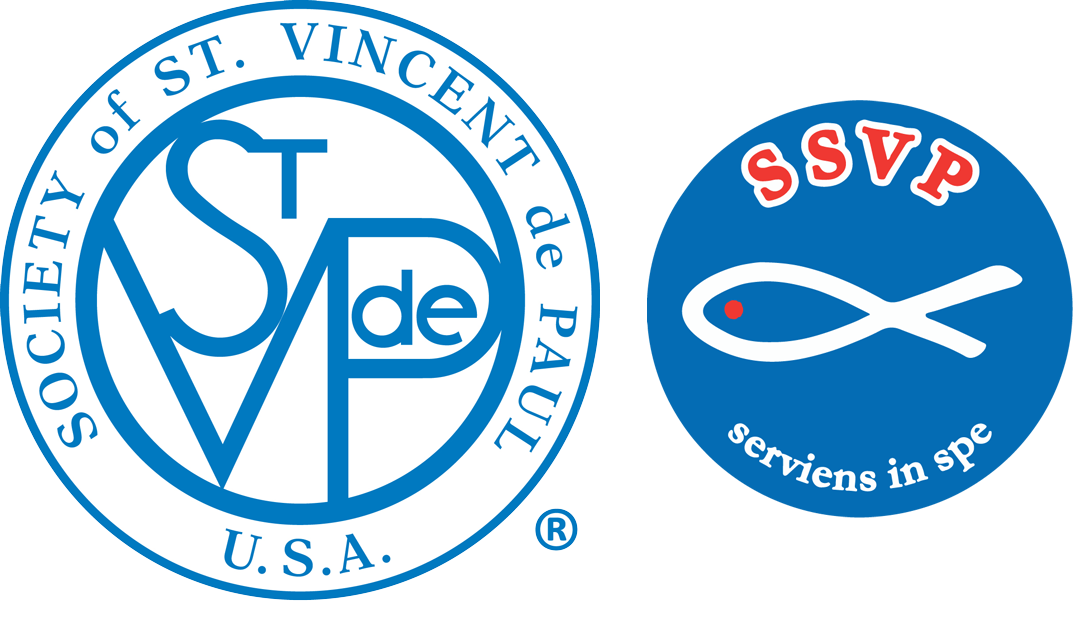By Suzanne Barbezat
Palm Sunday
Palm Sunday, known in Mexico as Domingo de Ramos, is one week before Easter, and is the official start of Holy Week. On this day, Jesus’ entrance into Jerusalem is commemorated. Artisans set up stalls outside of churches to sell intricately woven palms in the shape of crosses and other designs. In some places there are processions recreating Jesus’ arrival in Jerusalem.
Semana Santa
Semana Santa, or Holy Week, is the week leading up to Easter. This is the most important holiday in the church calendar because it is the celebration of the resurrection of Christ. Since Mexico is predominantly a Catholic country (nearly 90% of Mexicans practice Catholicism according to INEGI), Holy Week is a very important holiday.
Semana Santa is the week before Easter, from Palm Sunday (Domingo de Ramos) to Easter Sunday (Domingo de Pascua), but since students (and some workers) enjoy a two-week break at this time, the full week preceding Easter as well as the following week comprise the Semana Santa holiday.
Religious Celebrations
The religious observances of Semana Santa do not take a back seat to beach fun, however. Processions and passion plays take place all through the country, though different areas celebrate in different ways and certain communities have more effusive celebrations. Among those places where Holy Week is celebrated en grande are Taxco, Pátzcuaro, Oaxaca, and San Cristobal de las Casas.
Jesus’ final days are evoked in the rituals that take place during the week.
Palm Sunday — Domingo de Ramos
On the Sunday prior to Easter, known as Palm Sunday, the arrival of Jesus in Jerusalem is commemorated. According to the Bible, Jesus rode into Jerusalem on a donkey and the people in the streets laid down palm branches in his path. In many towns and villages in Mexico on this day there are processions reenacting Jesus’ triumphal entry, and woven palms are sold outside churches.
Maundy Thursday — Jueves Santo
The Thursday of Holy Week is known as Maundy Thursday or Holy Thursday. This day commemorates the washing of the feet of the apostles, the Last Supper and Jesus’ arrest in Gethsemane. Some Mexican traditions for Maundy Thursday include visiting seven churches to recall the vigil the apostles kept in the garden while Jesus prayed before his arrest, foot-washing ceremonies and of course Mass with Holy Communion.
Good Friday — Viernes Santo
Good Friday recalls the crucifixion of Christ. On this day there are solemn religious processions in which statues of Christ and the Virgin Mary are carried through town. Often the participants of these processions dress in costumes to evoke the time of Jesus. Passion plays, dramatic recreations of the crucifixion of Christ, are presented in many communities. The largest takes place in Iztapalapa, south of México City, where over a million people gather every year for the Via Crucis.
Holy Saturday — Sabado de Gloria
In some places there is a custom of burning Judas in effigy because of his betrayal of Jesus, now this has become a festive occasion. Cardboard or paper mache figures are constructed, sometimes with firecrackers attached, and then burned. Sometimes the figures are made to represent political figures.
Easter Sunday — Domingo de Pascua
You won’t come across any mention of the Easter Bunny or chocolate eggs on Easter Sunday in Mexico. This is generally a day when people go to Mass and celebrate quietly with their families, though in some places there are festivities with fireworks.
But the Spanish word for ‘Easter Sunday’ is ‘Pascua.’ However, Spanish celebrations don’t center so heavily on the Sunday as they do in much of the rest of the world. To really experience Semana Santa in Spain, you ought to see what goes on the Thursday and Friday before.
